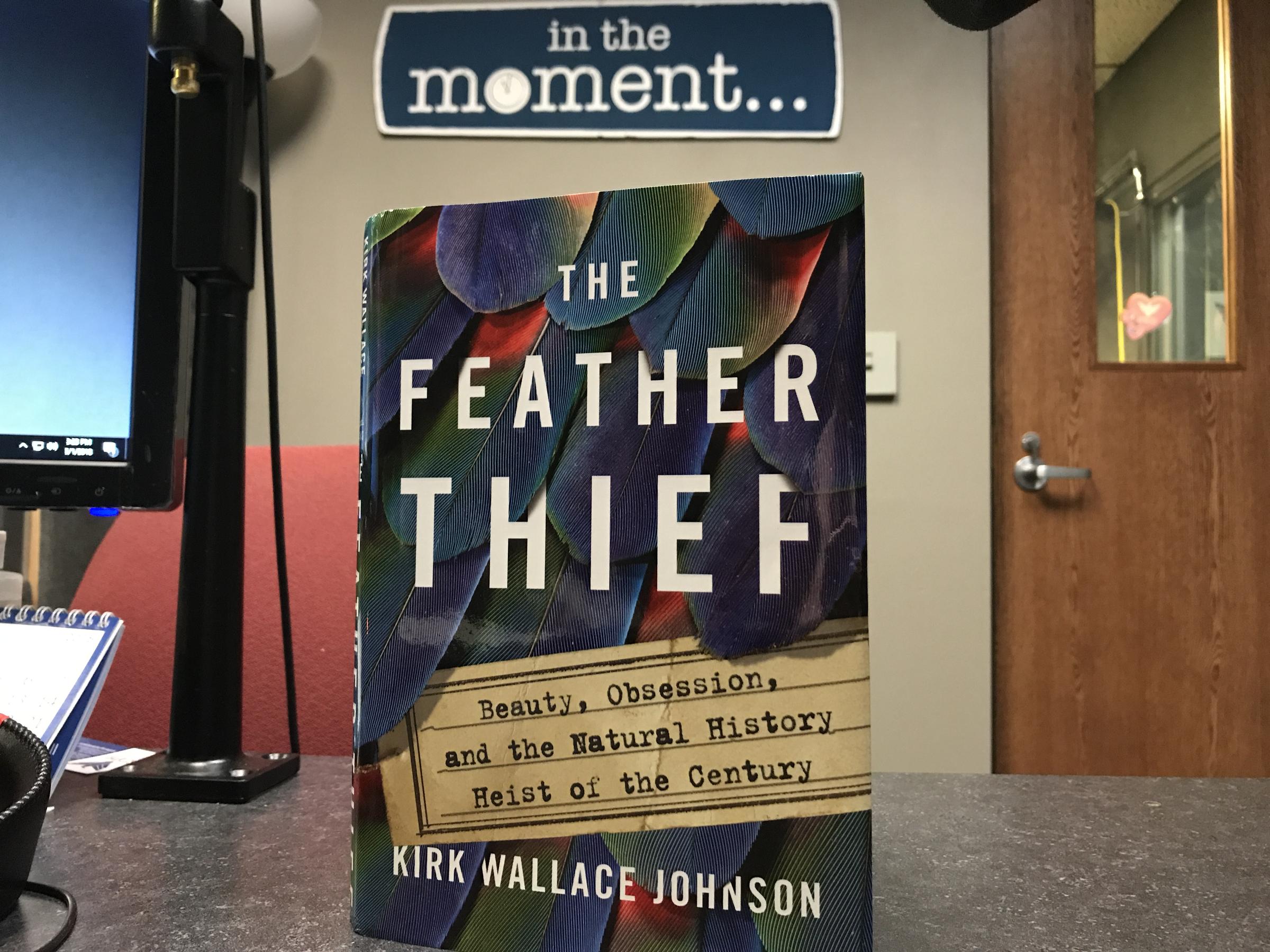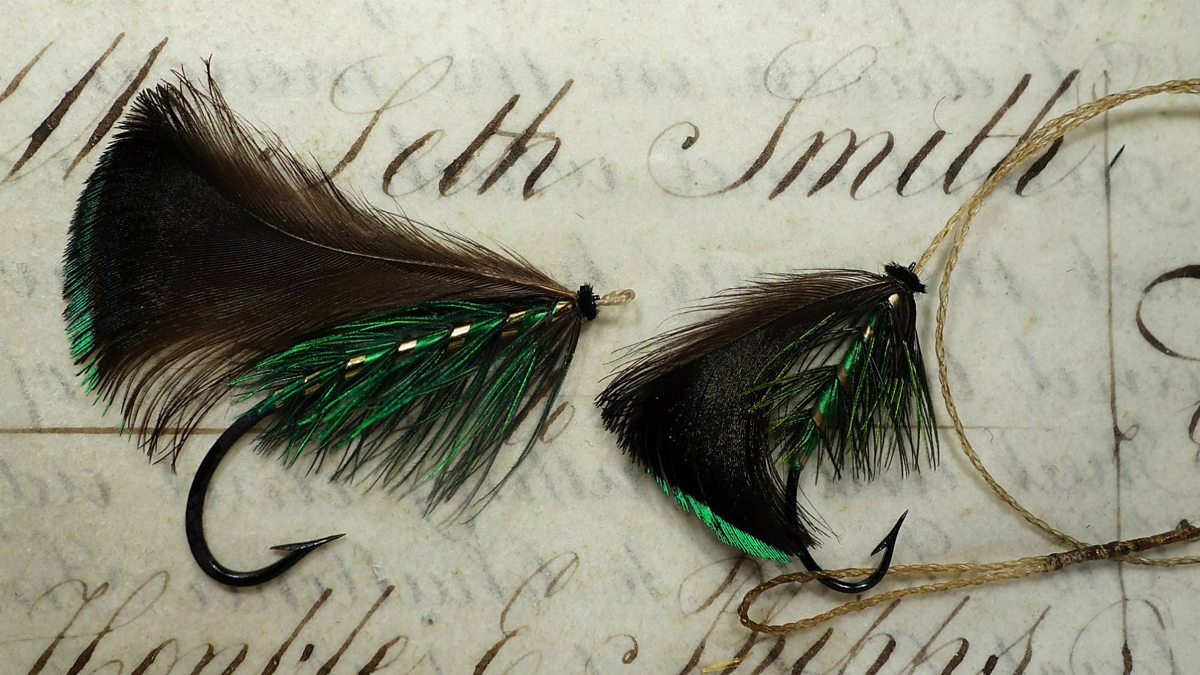
Edwin, meanwhile, is already at work selling skins and feathers online, taking no care to conceal his identity but inventing stories about where and how he got the birds. The museum curators are not very hopeful as the birds need to be returned intact with their identifying tags in order to be of any scientific value, and they suspect the thief will have already removed the tags connecting the stolen goods to the museum. When they finally realize that only colorful specimens have been stolen, a police investigation is opened. It takes the curators of the Tring almost a month to realize anything is missing, as no one had any idea that the birds Edwin had taken were valuable enough for someone to steal. However, he left a broken window, a glass cutter, and a drop of blood behind. On the night of the heist, Edwin makes off with almost 300 specimens without getting caught. Unable to bring his collection of fly-tying feathers over the border and keen for both prestige among the fly-tying community and financial gain, he plans to steal the Tring’s most beautiful specimens, having heard about the collection from a fellow fly-tier. This section focuses primarily on the events and aftermath of the Tring heist itself.


Part Two opens in London, England where Edwin has moved from the United States in order to attend the Royal Academy of Music. Despite a shift in both legal and moral attitudes after the Victorian era, a hunger for exotic bird feathers from many protected species remained strong in the subculture of Victorian-era salmon fly-tiers, a community in which Edwin Rist was an active and enthusiastic participant. As the Victorian-era waned and the consequences of humanity’s unchecked consumption and use of natural resources and cruel treatment of animals became clear, legislation and strict laws began to be passed to protect the world’s endangered species. At the same time, there was a growing market for exotic birds and their feathers in particular for use in women’s fashion and in men’s fly-fishing. While naturalists like Wallace were collecting specimens for scientific purposes, other Victorians, like Lionel Walter Rothschild, were doing so for the prestige and status of amassing personal natural history collections. In addition, Wallace’s 100-year-old specimens will also provide knowledge to the scientists of the future by acting as relics and records of centuries past. Wallace’s story also emphasizes how Victorian-era natural history collection was essential to the scientific development of biology and evolutionary theory at the time. Johnson writes about Victorian-era naturalist Alfred Russel Wallace’s expeditions and specimen collection many of his collected species would later end up in the Tring heist. In particular, it focuses on the Victorian era when natural specimen collection for both scientific research and personal collections was in vogue. Part One of the book focuses on some of the history in the relationship between humans and the natural world.

After hearing about this strange heist, author Kirk Johnson becomes obsessed with getting to the bottom of the story and solving some of the crime’s remaining mysteries.

On a June evening in 2009, 20-year-old Edwin Rist breaks into the British Natural History Museum at Tring and steals hundreds of dead bird skins from some of the most colorful and iridescent species in the collection. The following version of the book was used to create this study guide: Johnson, Kirk Wallace.


 0 kommentar(er)
0 kommentar(er)
